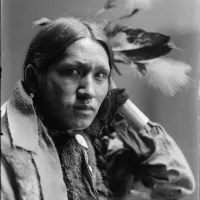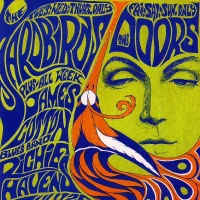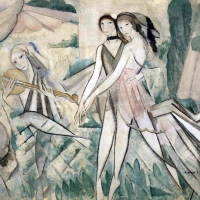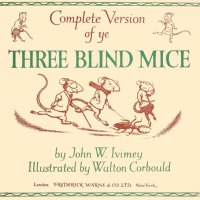 September
25
September
25
Tags
Aesthetic Delirium in Jack Smith’s ‘Flaming Creatures’
 On the 25th of September 1989, American filmmaker, photographer, performance artist, and pioneer of underground cinema Jack Smith died in New York City, New York. From the early 1960s through most of the 1980s, he was a key figure in American avant-garde film and theatre. His works, marked by a deceptively playful camp sensibility, combine a flamboyant style with radical social and political criticism. They both evoke Hollywood glamour and indict capitalist exploitation, racism, and normative ideas about gender and sexuality.
On the 25th of September 1989, American filmmaker, photographer, performance artist, and pioneer of underground cinema Jack Smith died in New York City, New York. From the early 1960s through most of the 1980s, he was a key figure in American avant-garde film and theatre. His works, marked by a deceptively playful camp sensibility, combine a flamboyant style with radical social and political criticism. They both evoke Hollywood glamour and indict capitalist exploitation, racism, and normative ideas about gender and sexuality.
Smith’s first feature-length film Flaming Creatures (1961) remains his best-known work. Shot in a setting reminiscent of the Arabian Nights, it employs transgendered actors and intercuts nearly abstract images of breasts and penises to undermine conventional distinctions between genders. “The initial impact of Flaming Creatures upon New York artists and writers was great. Smith was compared in print to Milton, Dante, Hieronymus Bosch, Wagner, and Josef von Sternberg. …Photographically, Flaming Creatures is as visually sensual and as exquisitely mannered as Shanghai Express of The Devil Is a Woman. The film transcends artiness… with the intoxicated energy and the mortal clowning that characterize the fragrant, faded Kodachrome rolls of a New Year’s Eve costume ball in 1952. Despite painstaking care apparent in each  composition and set-up, Flaming Creatures is put together with wilful home-movie casual crudeness – a triumph of sensibility over craft. The flaming creatures are Smith’s perfect film stars – actors so bad that they can’t play anything other than their inspired selves (or any role other than their own) – who, rather than vanish into their parts, project their personalities.” (The Village Voice Film Guide: 50 Years of Movies from Classics to Cult Hits)
composition and set-up, Flaming Creatures is put together with wilful home-movie casual crudeness – a triumph of sensibility over craft. The flaming creatures are Smith’s perfect film stars – actors so bad that they can’t play anything other than their inspired selves (or any role other than their own) – who, rather than vanish into their parts, project their personalities.” (The Village Voice Film Guide: 50 Years of Movies from Classics to Cult Hits)
“The power of a film such as Flaming Creatures, Susan Sontag argue[d], is ‘not in the knowing about…what one sees…but in the directness…of the images themselves.’” (Daniel Neofetou, Good Day Today: David Lynch Destabilises the Spectator). What Sontag meant by it was that the film does not attempt to demonstrate meaning through rational argumentation or logic. Instead, Flaming Creatures rewrites signifiers in order to provoke audiences’ senses, even if comprehension is not a goal. In her famous 1964 essay Jack Smith’s Flaming Creatures, Sontag stated: “There are no ideas, no symbols, no commentary on or critique of anything in Flaming Creatures. Smith’s film is strictly  a treat for the senses. In this it is the very opposite of a “literary” film (which is what so many French avant-garde films were). It is not in the knowing about, or being able to interpret, what one sees, that the pleasure of Flaming Creatures lies; but in the directness, the power, and the lavish quantity of the images themselves.”
a treat for the senses. In this it is the very opposite of a “literary” film (which is what so many French avant-garde films were). It is not in the knowing about, or being able to interpret, what one sees, that the pleasure of Flaming Creatures lies; but in the directness, the power, and the lavish quantity of the images themselves.”
By 1970, Smith began to use his films in his live performances. He spontaneously reedited them in front of the audience, creating a unique version for each performance. He continually experimented with his work, aiming for an “aesthetic delirium” that would transcend formal limitations, narrative coherence, and prevailing standards of good and bad taste. The films of Andy Warhol and John Waters and the performance pieces of Cindy Sherman and Charles Ludlam are among the works that show his influence. Smith died of AIDS-related complications.
To see the film click HERE.










What it was like to work with Jack Smith in the 1970s…
LikeLike